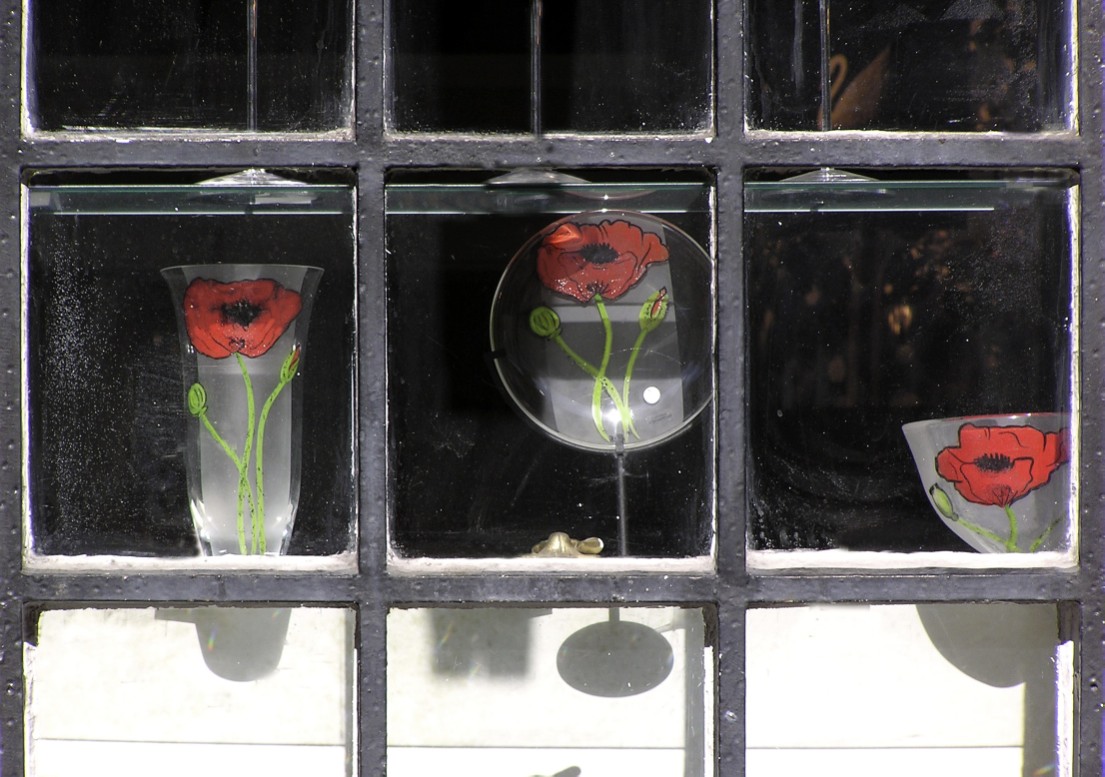
I call the first type of Quad Three sharing, direct disclosure (“I want to tell you”) and the second type indirect disclosure (“I want you to tell me—I want to know more about what you are holding in Quad Two about me”). This is an important distinction, especially when considering the interpersonal dynamics in many human service settings. The “helper” provides very little direct disclosure, but may provide substantial indirect disclosure by encouraging a “client” to disclose her own perceptions and feelings regarding the helper. This profile of disclosure is particularly common among those helpers with a strong psychodynamic orientation who explore the nature of a client’s transferential perspectives and feeling regarding the helper.
In the case of men and women who are highly self-oriented (often called “narcissistic”), we may find both direct and indirect disclosure: “Let me tell you about myself and when I’m done talking about myself, I’ll ask you to tell me about myself!” In the case of a relationship with an unequal distribution of power or a large dose of mistrust, we may find very little direct or indirect disclosure, or we will find direct disclosure regarding nothing but superficial materials from Quad Three (the false self). If there is any indirect disclosure (request for feedback), it is often engaged as a protective strategy to insure occurrence of the intended effect of a specific interaction. I say to myself (but not the other person): “I want to be sure that you see me, think about me, and feel about me, the way I have intended through the nature of my interactions with you.” I will have more to say about these disclosure dynamics in a later shapter.
Q3-E: Proactive and Reactive Disclosure
The amount of direct and indirect disclosure from Quad Three is not entirely a matter of internal decision-making processes. As I noted above, with regard to external locus of control, the environment in which we are interacting with other people can have a powerful influence. I just identified an environment that has a powerful influence—namely, the therapy session. I also suggested that power differentials and levels of trust can influence the extent and balance between direct and indirect disclosure. In essence, the environment or, more specifically, the interpersonal context within which Quad Three to Quad One disclosure occurs can be categorized in one of two ways (much as in the case of direct and indirect disclosure with regard to an internal locus of control). The interpersonal context can encourage or discourage proactive disclosure. It can instead encourage or discourage reactive disclosure.








